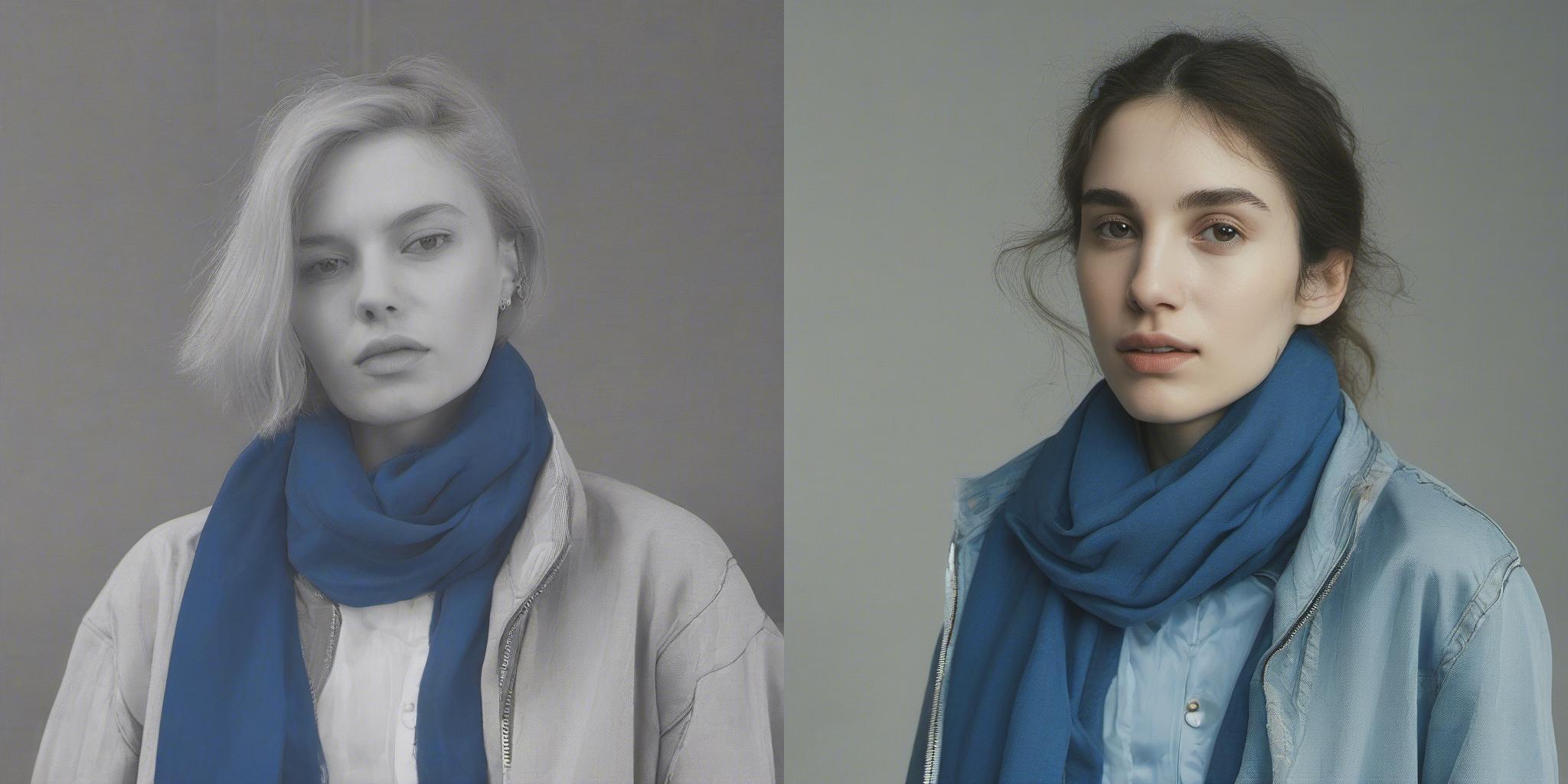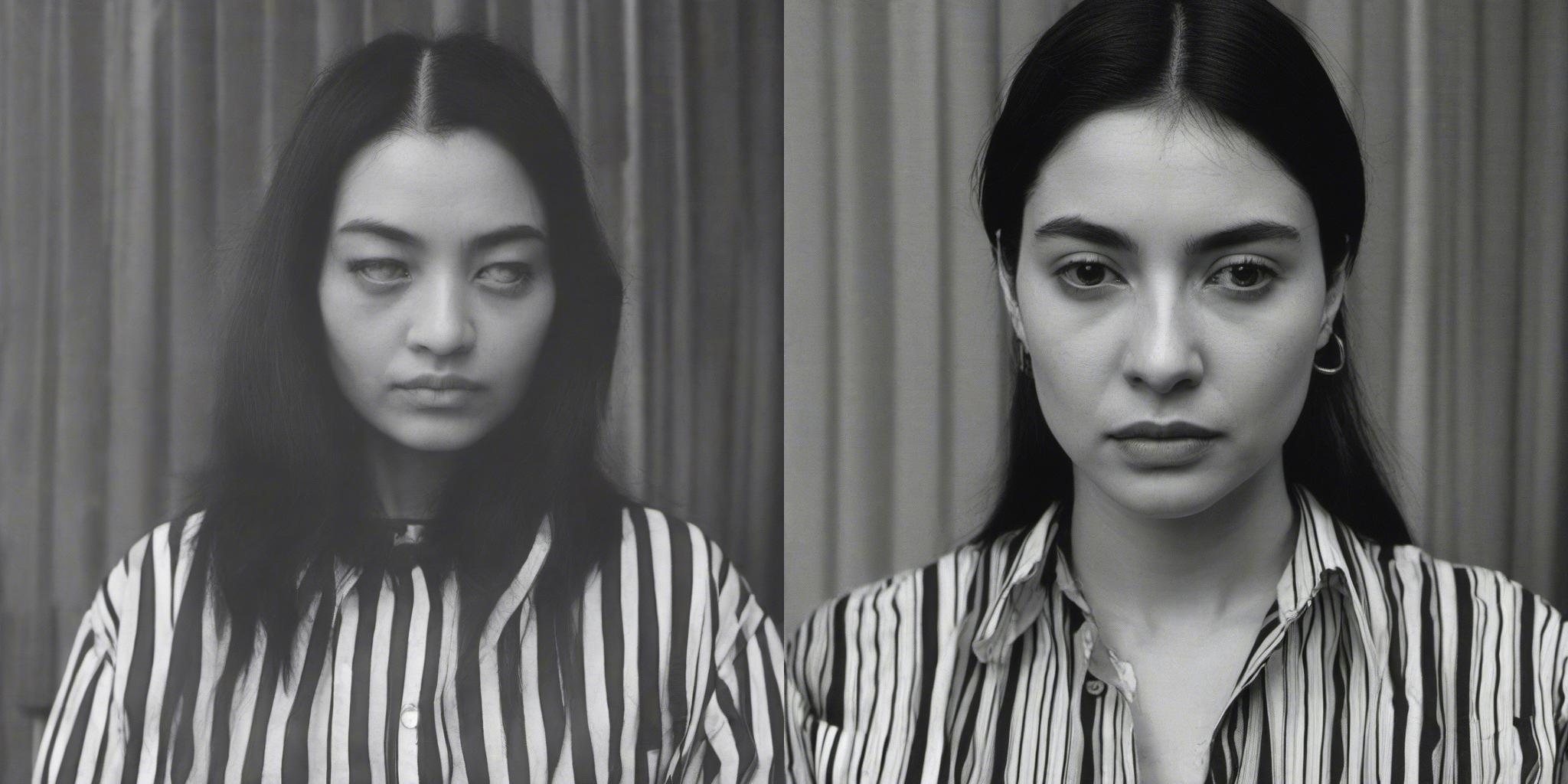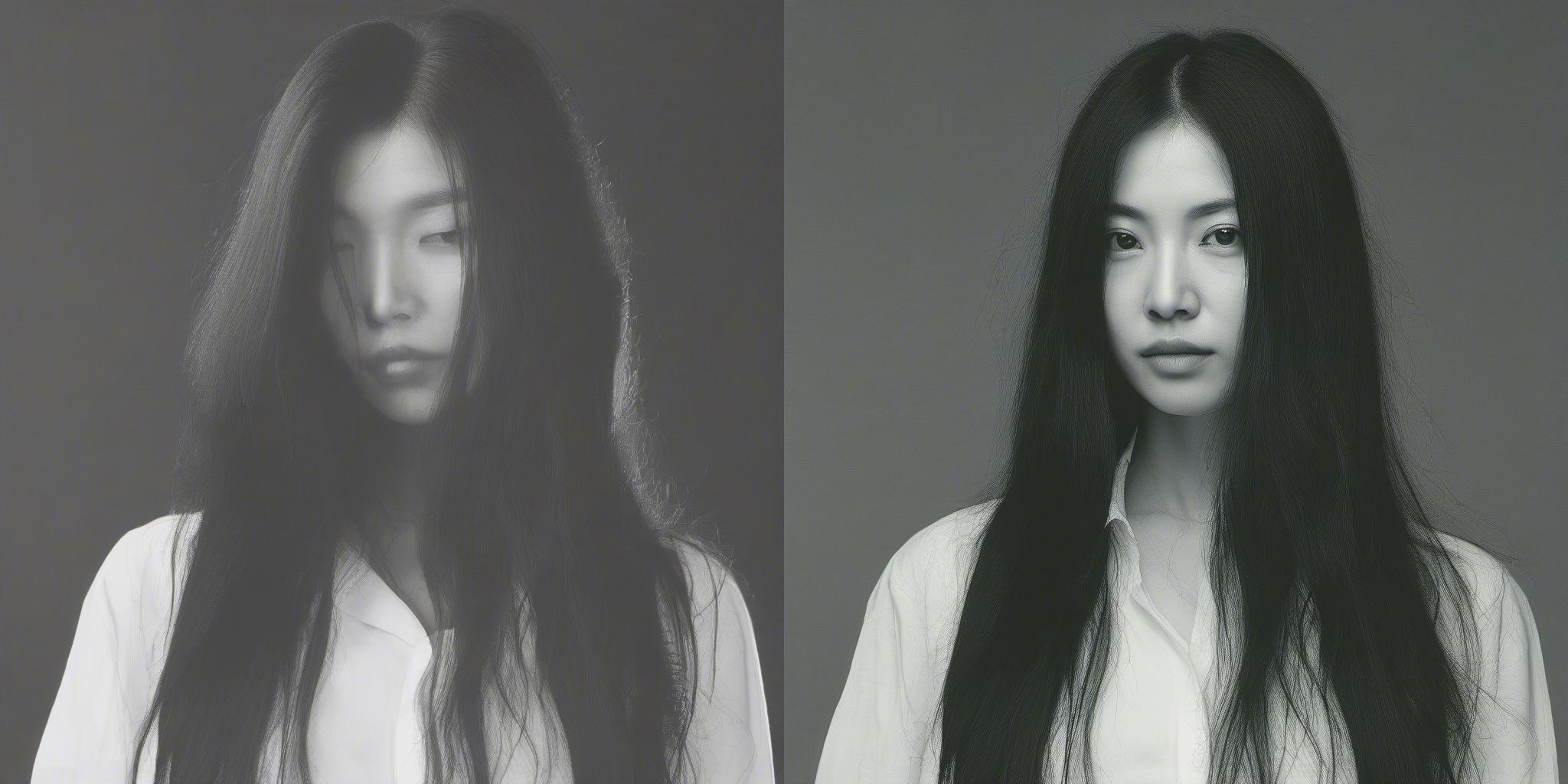📃 Paper • 🤗 Checkpoints
FaceScore: Benchmarking and Enhancing Face Quality in Human Generation
Traditional facial quality assessment focuses on whether a face is suitable for recognition, while image aesthetic scorers emphasize overall aesthetics rather than details. FaceScore is the first reward model that focuses on faces in text-to-image models, designed to score the faces generated in images. It is fine-tuned on positive and negative sample pairs generated using an inpainting pipeline based on real face images and surpasses previous models in predicting human preferences for generated faces.
This codebase relies heavily on ImageReward. Please follow the instruction in it. Besides, we introduce two addtional package. You can install them as following:
pip install batch-face image-reward
We provide an example inference script in the directory of this repo. We also provide a real face image for testing. Note that the model can also score real face in the image, and no need to provide a specific prompt.
Use the following code to get the human preference scores from ImageReward:
from FaceScore.FaceScore import FaceScore
import os
face_score_model = FaceScore('FaceScore')
# load locally
# face_score_model = FaceScore(path_to_checkpoint,med_config = path_to_config)
img_path = 'assets/Lecun.jpg'
face_score,box,confidences = face_score_model.get_reward(img_path)
print(f'The face score of {img_path} is {face_score}, and the bounding box of the face(s) is {box}')You can also choose to load the model locally, after downloading the checkpoint in FaceScore.
The output should be like as follow (the exact numbers may be slightly different depending on the compute device):
The face score of assets/Lecun.jpg is 3.993915319442749, and the bounding box of the faces is [[104.02845764160156, 28.232379913330078, 143.57421875, 78.53730773925781]]
We leverage FaceScore to filter data and perform direct preference optimization on SDXL. The LoRA weight is here. Here we provide a quick example:
from diffusers import StableDiffusionXLPipeline, UNet2DConditionModel
import torch
# load pipeline
inference_dtype = torch.float16
pipe = StableDiffusionXLPipeline.from_pretrained(
"stabilityai/stable-diffusion-xl-base-1.0",
torch_dtype=inference_dtype,
)
vae = AutoencoderKL.from_pretrained(
'madebyollin/sdxl-vae-fp16-fix',
torch_dtype=inference_dtype,
)
pipe.vae = vae
# You can load it locally
pipe.load_lora_weights("AIGCer-OPPO/FaceScore-dpo-SDXL-LoRA")
pipe.to('cuda')
generator=torch.Generator(device='cuda').manual_seed(42)
image = pipe(
prompt='A woman in a costume standing in the desert',
guidance_scale=5.0,
generator=generator,
output_type='pil',
).images[0]
image.save('A woman in a costume standing in the desert.png')
We provide some examples generated by ours (right) and compare with the original SDXL (left) below.
Our codebase references the code from ImageReward. We extend our gratitude to the authors for open-sourcing their codes.
@misc{liao2024facescorebenchmarkingenhancingface,
title={FaceScore: Benchmarking and Enhancing Face Quality in Human Generation},
author={Zhenyi Liao and Qingsong Xie and Chen Chen and Hannan Lu and Zhijie Deng},
year={2024},
eprint={2406.17100},
archivePrefix={arXiv},
primaryClass={cs.CV},
url={https://arxiv.org/abs/2406.17100},
}





